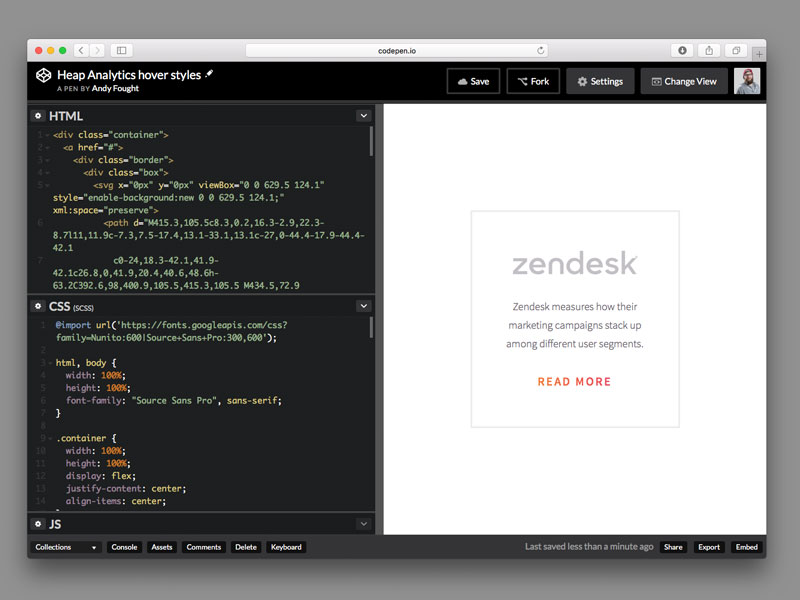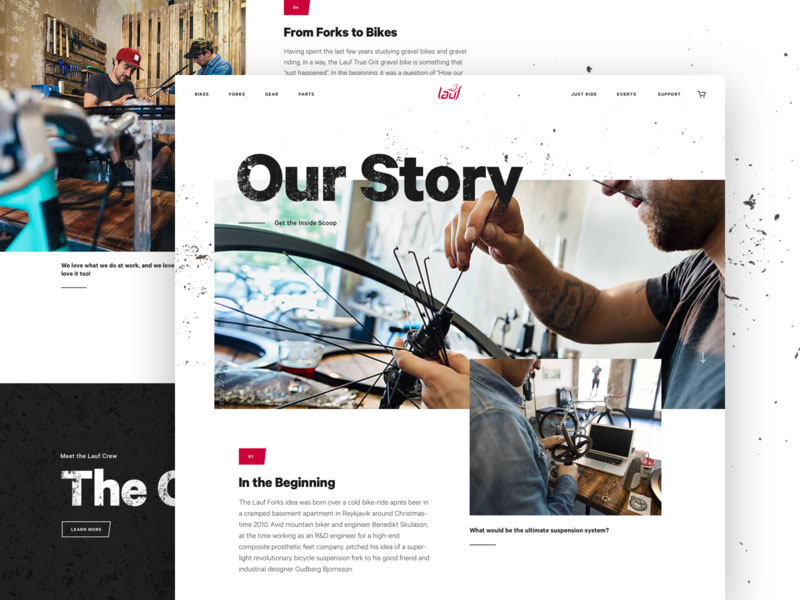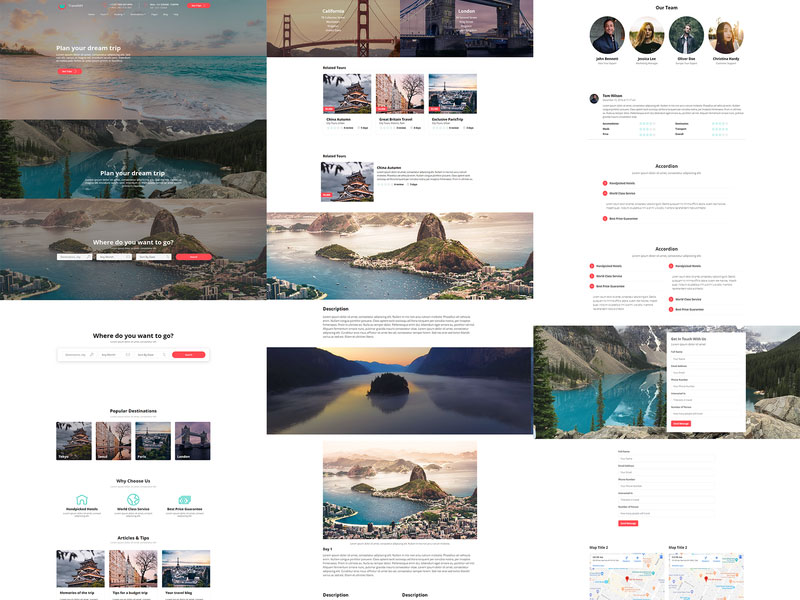Websites are separated into two different types: static and dynamic. Static websites are ones that are fixed and display the same content for every user, usually written exclusively in HTML. A dynamic website, on the other hand, is one that can display different content and provide user interaction, by making use of advanced programming and databases in addition to HTML. As you can tell, static websites are easier to create, while dynamic websites require more work.
This guide is a comparison between static and dynamic websites. Learn below more about this topic in this article created by our team at Amelia.
By reading it thoroughly, you will learn to distinguish between static versus dynamic websites and decide which type is right for you.
Before getting into details about each website type, you should understand how the Internet goes about serving up websites in the first place. Internet communication involves a server and a web browser.
To establish a connection between the two, a set of rules called Hypertext Transfer Protocol (HTTP) is used. Simply put, the web browser transmits an HTTP request to the server, and the server then replies with an HTTP response along with the requested webpage in HTML.
What is a static website?
Static websites usually come with a fixed number of pages that have a specific layout. When the page runs on a browser, the content is literally static and doesn’t change in response to user actions. A static website is usually created with HTML and CSS in simple text editors like Notepad.
If you need a website smaller than three pages, opting for a static website is the proper choice. Building it doesn’t take as much time or effort as in the case of dynamic websites. If the pages of your website must look different, the HTML code can easily be duplicated on each of these pages, containing the necessary changes.
Even though the website will display the same thing with no intricate navigation details, static websites don’t need to feature just plain text. In fact, you can use various multimedia elements and videos. An HTML website can look beautiful, but the page’s source code won’t change, no matter what actions a user takes on it.
What is a dynamic website?
Compared to static websites, which are purely informational, a dynamic website is more functional. It allows users to interact with the information that is listed on the page. Of course, that requires utilizing more than just HTML code.
Static websites use only client-side HTML and CSS code while dynamic websites rely on both client-side and server-side scripting languages such as JavaScript, PHP, or ASP. When a user accesses a dynamic website, the site can be changed through code that is run in the browser and/or on the server. The end result is the same as that in a static website: an HTML page displayed on the web browser.
To generate dynamic content, such websites use a combination of server-side and client-side scripting. Client-side scripting refers to code that is executed by the browser, usually with JavaScript.Meanwhile, server-side scripting refers to code that is executed by the server(before the content is sent to the user’s browser).
The static vs. dynamic battle
Meaning
The word static refers to something that is fixed, that doesn’t move or change in any way. This is enough to understand what a static page is all about. No elements on this page are changed when accessing it. Static websites are basic pages that require simple code and design elements to create. “Static” also refers to the website being fixed in terms of page numbers. A fixed number of pages are delivered just the way it is designed and stored.
Conversely, the word dynamic refers to elements that are continuously changing, interactive, and functional. Instead of being simply informational, dynamic websites include aspects that are characterized by interactivity and functionality. They are more complex in terms of building and design, but they are also more versatile.
Technicality
When discussing static vs. dynamic websites from a technical point of view, the differences between the two types of websites become even clearer. Because static websites only contain fixed content, building them can easily be done in plain HTML. The only way that a user can interact with a static page is by clicking hyperlinks and filling in forms (such as a contact form).
Dynamic websites are ultimately based on HTML and CSS as well, but server-side scripting is required to make it functional. HTML coding is used to create the basic design elements, while server-side languages are used to manage events and control actions that may occur on the dynamic page.
Coding
To create a static website, the user doesn’t need to use complex software programs. Some knowledge in HTML and CSS along with Notepad should be enough to build a simple static website. Static pages include elements such as text and multimedia elements. They are not as technical as a dynamic website, but they are not as effective either. Users will see the same design and content each time they visit the website unless you change the source code manually.
A dynamic website generates content and displays it based on what actions the users make on the page. The preferences of the user alter what is displayed to them, which can be an intricate process based on the sophistication of the website. A special editor, such as an IDE (Integrated Development Environment), is required to build dynamic websites, along with strong technical skills in server-side language programming.
Which one should you choose?
If you already own a website, you can tell whether it is static or dynamic by noticing whether the page is an interactive one or if it only contains content that is meant to be read or printed out. If you want to build a website, you need to make your choice based on the purpose of the site and the available resources that you have.
Most people prefer dynamic websites because they are easier to maintain in the long run, they encourage efficient data management, and you can expand them with extra functionality in the future. If you want the website to be complex and greatly functional, then a dynamic website should be your go-to option. The downside is that they take longer to build, and the initial costs are higher. However, CMS platforms such as WordPress will allow you to launch your own dynamic website without much of a hassle.
Static websites are for those who want to build purely informational websites, such as a company’s brochureware site. The pages won’t change as the user can’t make any choices. The content is read-only and non-interactive. Despite this, simple static websites can still look great and effectively meet their goal of informing users.
To sum up, the decision you make should be based on what you want from your website. Dynamic websites offer more possibilities yet are more complex, while static websites are more limited yet are super simple to create. Make your choice wisely, considering what you expect from the site.
If you enjoyed reading this article about Static Vs Dynamic Website, you should read these as well:
- The best black websites and tips on designing a black background website
- Blog Name Generator: How to Find a Name for Your WordPress Website
- Website Color Schemes that Look Amazing: 30 Color Palettes
The post Static vs Dynamic Website: What Is the Difference? appeared first on Amelia Booking WordPress Plugin.


























